Say a new technology is proven, and a spaceship gets built. By some twist of fate you get selected to go on the mission. You're 10 or 20 years away from visiting an alien world but have no idea what will be there, and you'll probably never see Earth again. Are you going?
That one sounds like a fun ride!
Alcubierre drive
This is essentially the warp drive from Star Trek. It was first proposed in 1994 by Miguel Alcubierre, a physicist working at the University of Wales in Cardiff.
The drive would use as-yet-undiscovered stuff called "exotic matter": particles that have a negative mass and exert a negative pressure. This could distort space-time, causing the space ahead of the spaceship to contract and that behind it to expand. The ship, cocooned in a "warp bubble", could effectively travel faster than light without breaking the laws of relativity.
Unfortunately, the Alcubierre drive has a host of problems. For one thing, the amount of energy needed to sustain the warp is greater than the total energy of the universe, although modifications to the shape of the bubble might help. The drive would also kick up a lot of radiation, which would threaten the astronauts' lives. And there is no evidence that exotic matter even exists.
Perhaps crucially, calculations published in 2002 showed that it would be impossible for the ship to send signals to the front of the bubble, meaning that crew members could not control, steer or stop the ship. In fact, it seems that no matter how much energy is available, it would be physically impossible to generate the warp bubble.
Plausibility: apparently impossible
This is essentially the warp drive from Star Trek. It was first proposed in 1994 by Miguel Alcubierre, a physicist working at the University of Wales in Cardiff.
The drive would use as-yet-undiscovered stuff called "exotic matter": particles that have a negative mass and exert a negative pressure. This could distort space-time, causing the space ahead of the spaceship to contract and that behind it to expand. The ship, cocooned in a "warp bubble", could effectively travel faster than light without breaking the laws of relativity.
Unfortunately, the Alcubierre drive has a host of problems. For one thing, the amount of energy needed to sustain the warp is greater than the total energy of the universe, although modifications to the shape of the bubble might help. The drive would also kick up a lot of radiation, which would threaten the astronauts' lives. And there is no evidence that exotic matter even exists.
Perhaps crucially, calculations published in 2002 showed that it would be impossible for the ship to send signals to the front of the bubble, meaning that crew members could not control, steer or stop the ship. In fact, it seems that no matter how much energy is available, it would be physically impossible to generate the warp bubble.
Plausibility: apparently impossible

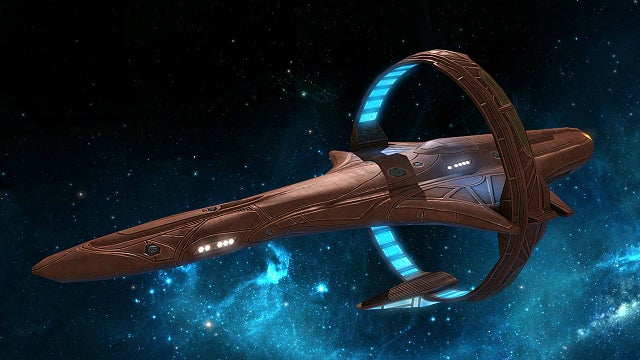
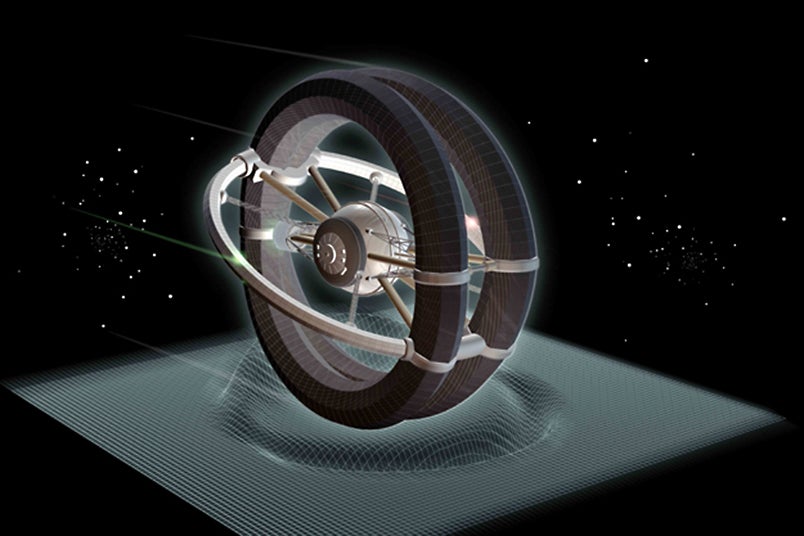
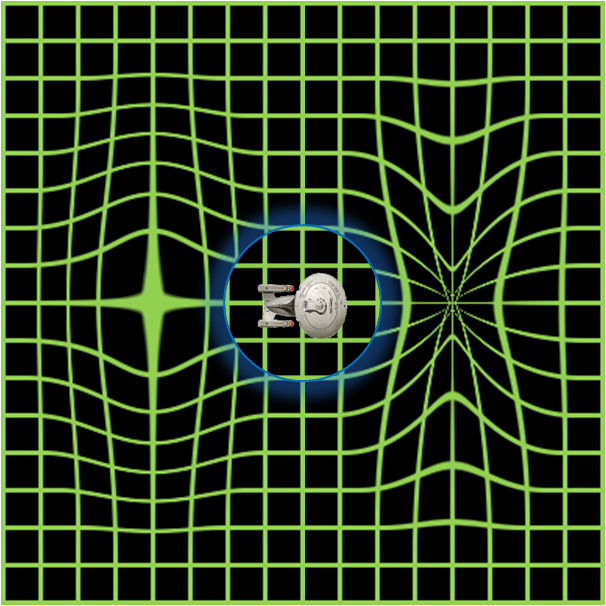
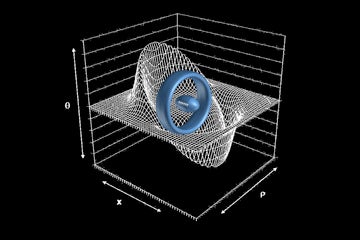
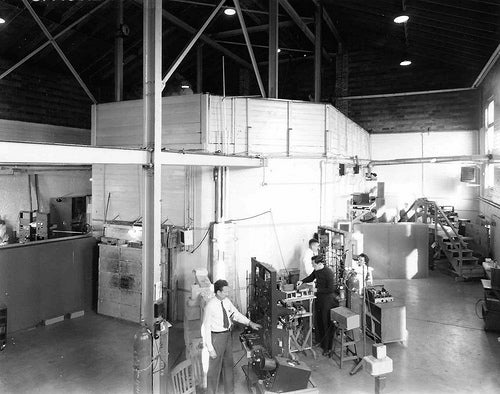

Comment